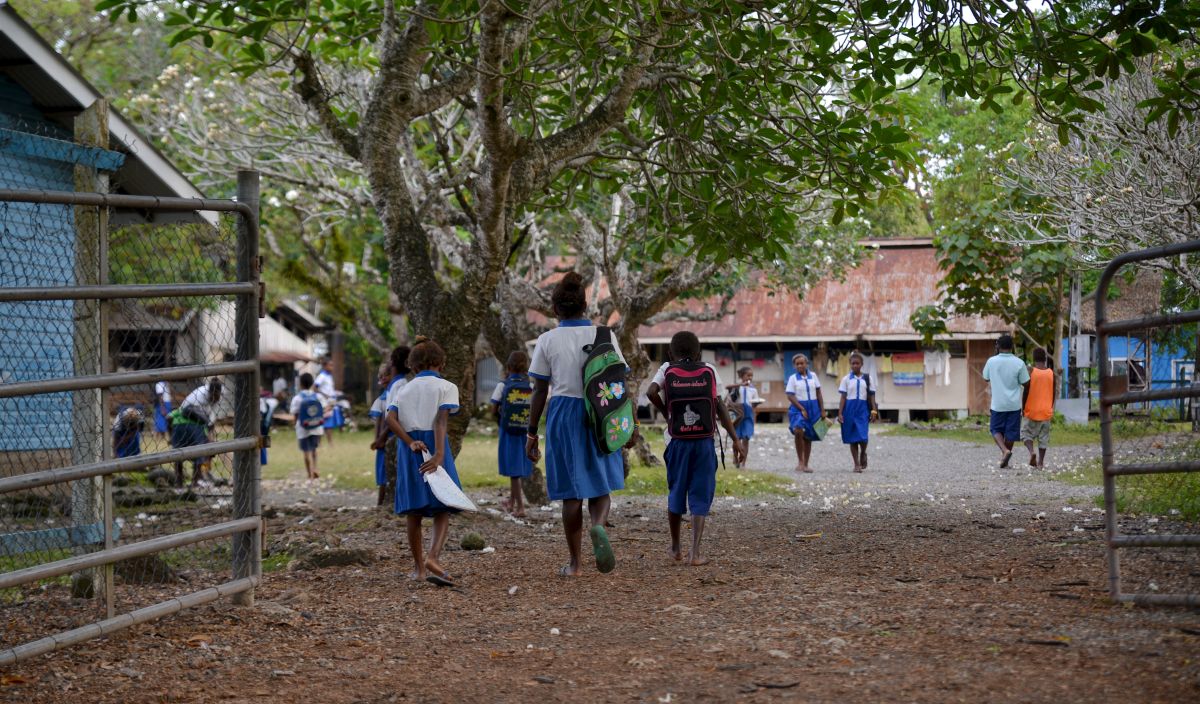Theme 13: Building resilience of education systems to address multiple threats

Thematic lead: Denise Gaspard-Richards
Peer Reviewer: Kim Ochs (Independent) and Chaya Surajbali
Lead Organisation: UWI-Open Campus Trinidad and Tobago
Background
Since the first cases of the Coronavirus (COVID-19) were confirmed in late December 2019, the virus has spread rapidly across the globe, impacting social and economic life in ways that have given new meaning to the expression “new normal”. As countries continued to feel the impact of the spread of the disease, schools in 22 countries on 3 different continents closed their doors resulting in more than 290 million students not having access to education in physical classroom environments (UNESCO, 2020). Most national ministries of education quickly pivoted to emergency remote instruction for business continuity during the early phase of the pandemic, but questions have been raised about preparedness and whether teachers, school administrators, students and their parents were equipped for this pivot to instruction online (... 2020).
The questions have pointed to the need for a unique skill set for successful transition from teaching and learning in a face-to-face mode given the use of pedagogical practices that cannot transfer seamlessly to remote instruction. Public schools - from early childhood to high schools - have been impacted across many countries globally. While restrictions on movement continue to be gradually lifted in most countries, the public education system, in which classrooms are not designed for the 3 to 6 feet physical distancing recommended as one of the measures to stop the spread of the virus, has been slow to respond and remote instruction has continued. Some countries have provided the tools needed for students to succeed including devices, and emergency or ‘just in time’ training for teachers, but without a robust online learning platform or a coordinated and coherent professional development training programme in place, the results have been mixed and while research is ongoing to assess the level of success, recommendations are needed to assist the preparedness of national governments and civil society for their roles in the education system, to adequately address the threats that face these countries.
Beyond the effects of the COVID-19 pandemic, the consequences of global warming and climate change have resulted in increasing vulnerability to the impact of severe weather systems and extreme events, such as Category 5 hurricanes. In Caribbean countries like The Commonwealth of Dominica which was devastated by such a weather system in 2017, the International Monetary Fund, estimated the damage experienced at 226 percent of GDP (Muñoz & Ötker, 2018).
The FAO, IFAD, UNICEF, WFP and WHO (2019) note that moderate or severe food insecurity is mainly evident in countries with low and middle incomes and in every continent, the prevalence rate is slightly higher among women than men. In the Caribbean the state of food security has been described as precarious, given the region’s location risk for tropical storms, hurricanes, earthquakes and droughts. When combined with the high propensity to food imports, disaster risk and climate change impacts, also have an effect on nutrition where decreased levels of local production results in a tendency to consumption of processed foods. Ewing-Chow (2019), notes that the Caribbean must develop a strategic agenda toward improving agricultural climate resilience through modernization, production, efficiency, scale and consistency. This includes provisions for technology use, strengthened infrastructure and innovation. The Ewing-Chow report notes the need for incentives and advocacy along with initiatives in the education sector to encourage young people to join the agricultural sector.
The aim of this research is to identify ways to facilitate and support (in the first instance) the continuation of teaching and learning at the early childhood, primary and secondary education levels during the pandemic and ultimately the many threats that the education system faces from hurricanes, experiences of drought and other natural disasters. What do we need to know and to do, to ensure continuity of teaching and learning and the resilience of our education systems through the impacts of a natural disaster? What do we need to know and do to minimize the impact of climate change and natural disasters on food security?
The physical, social and economic risks of natural disasters require adequate preparation to minimize the impact and increase resilience of the education system and the sustainability of our environment to meet our physical needs.
Objectives/Key Research Questions
- How can countries with common experiences, develop the skill sets needed to effectively manage physical and human resources in order to mitigate or minimize adverse outcomes of natural hazards, and by extension build capacity for resilience?
- What are the mitigation strategies required to produce a cadre of persons who are able to lead and service programmes in the education system in the context of disaster risk management?
- How do we build awareness for the development of legislation, systems, policies and practices to adequately prepare for disasters as well as response frameworks to strengthen resilience to such events?
- How can we best apply lessons learnt from the impact of COVID-19 on education systems in the context of contingency planning?
- How can we use knowledge of best practices for the implementation and monitoring of resilience programmes at the community level?
*Picture courtesy of The Commonwealth Secretariat
